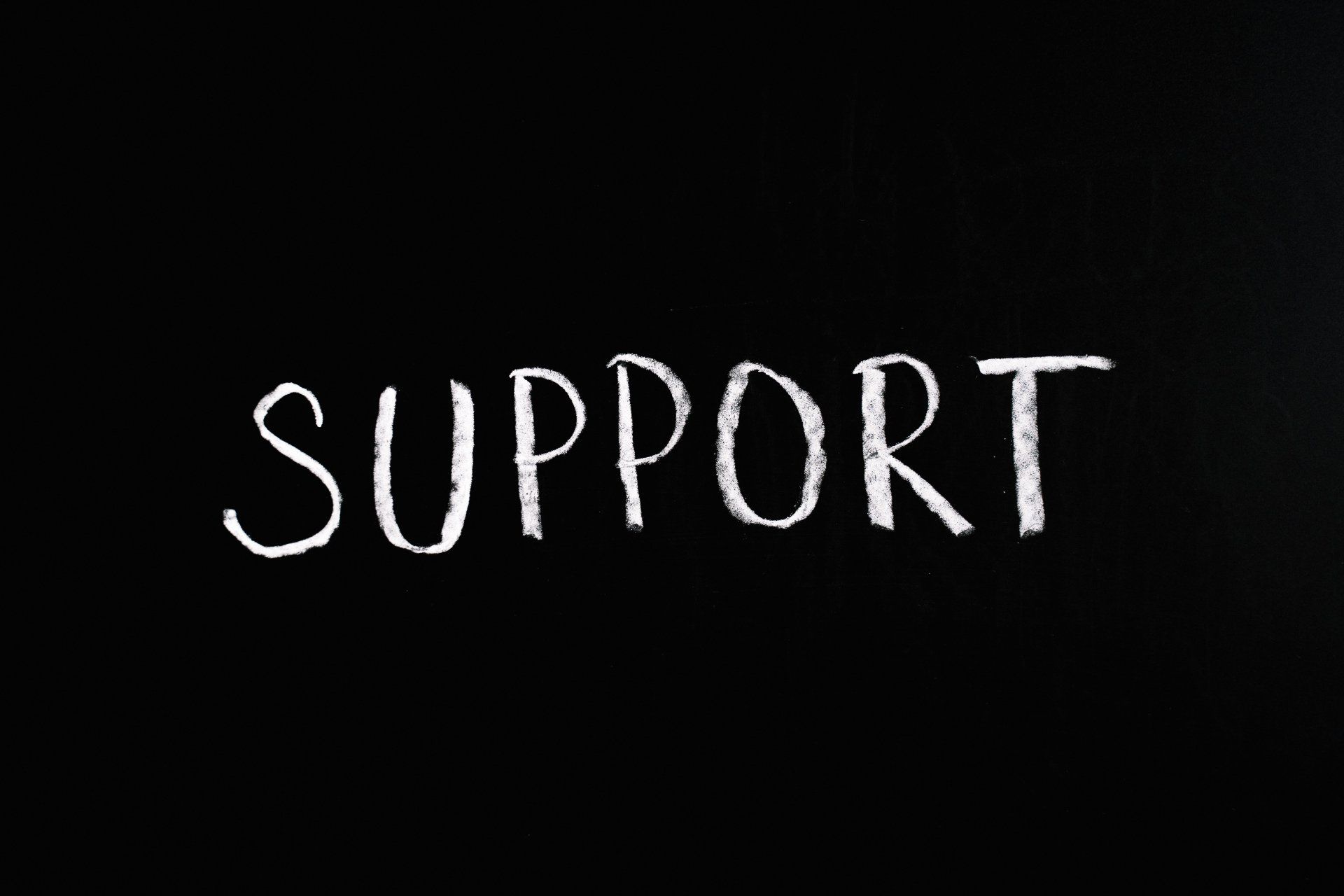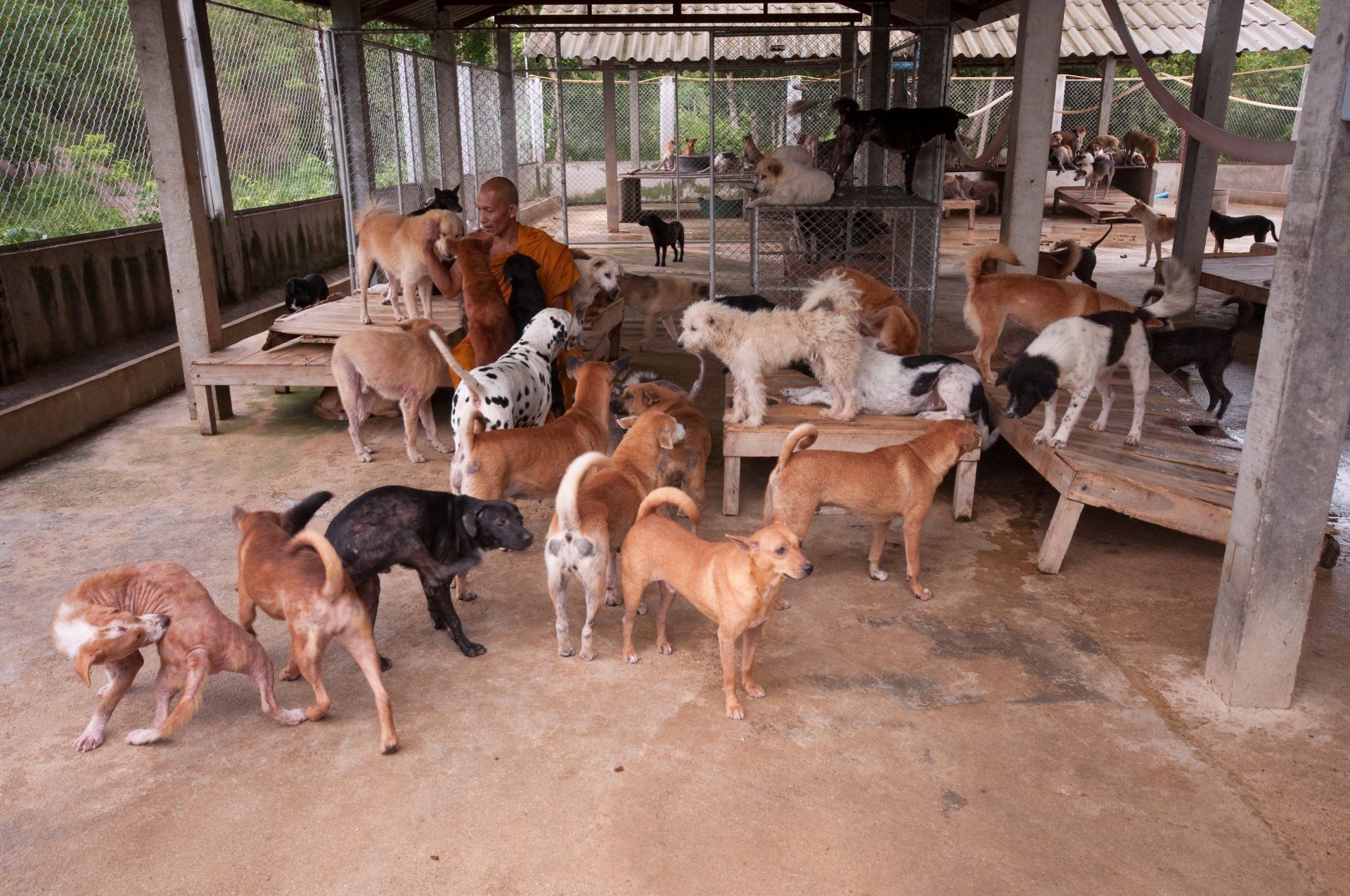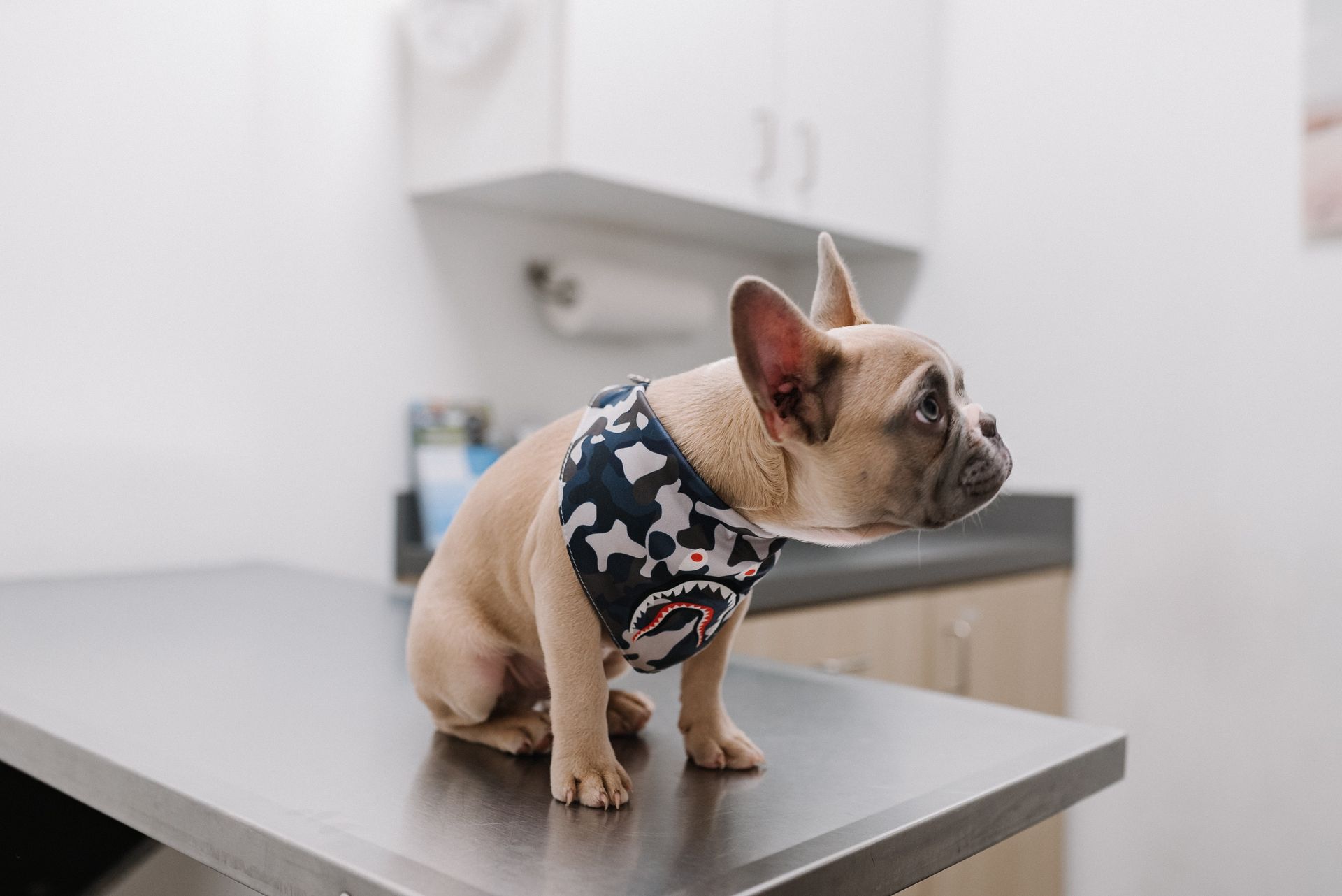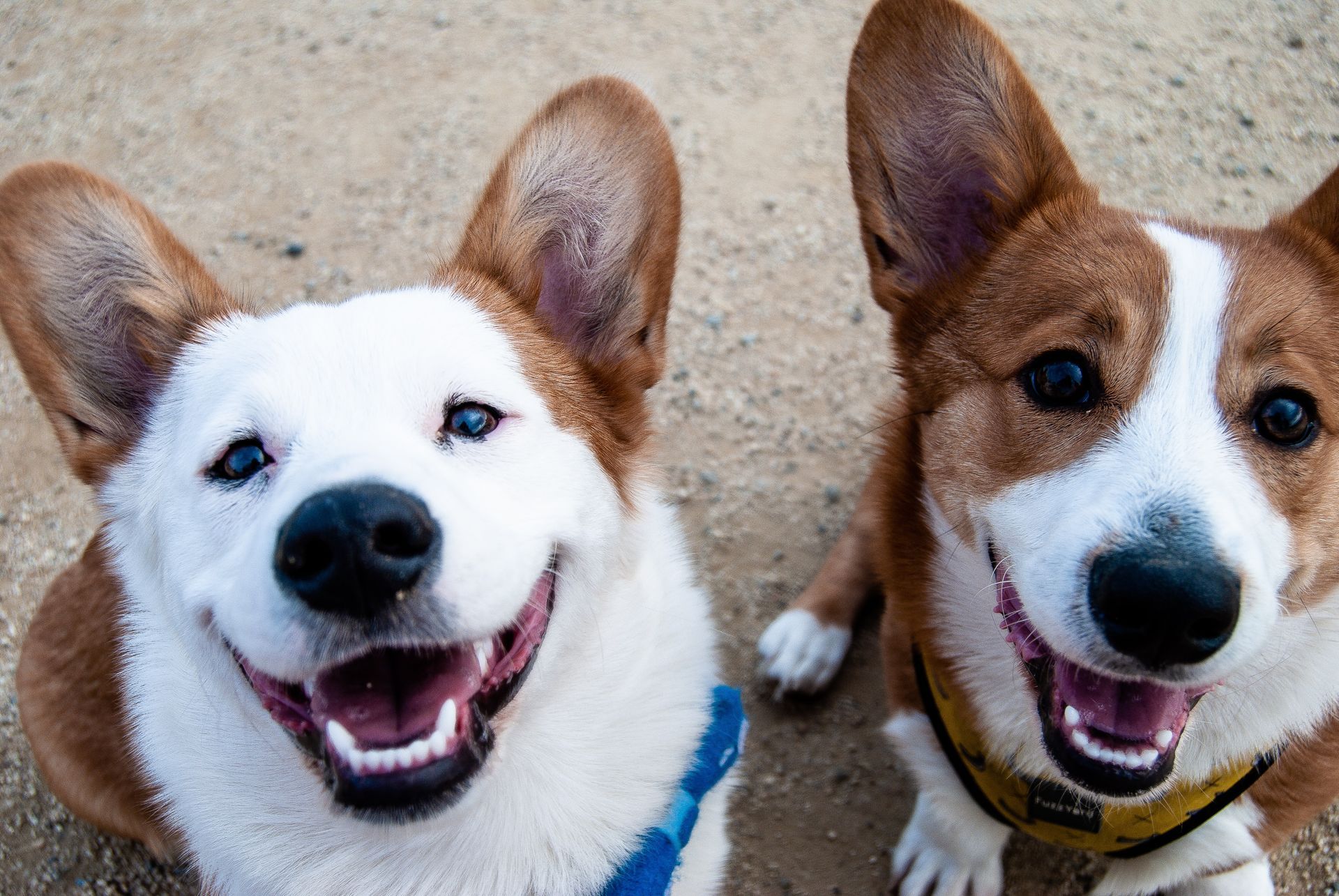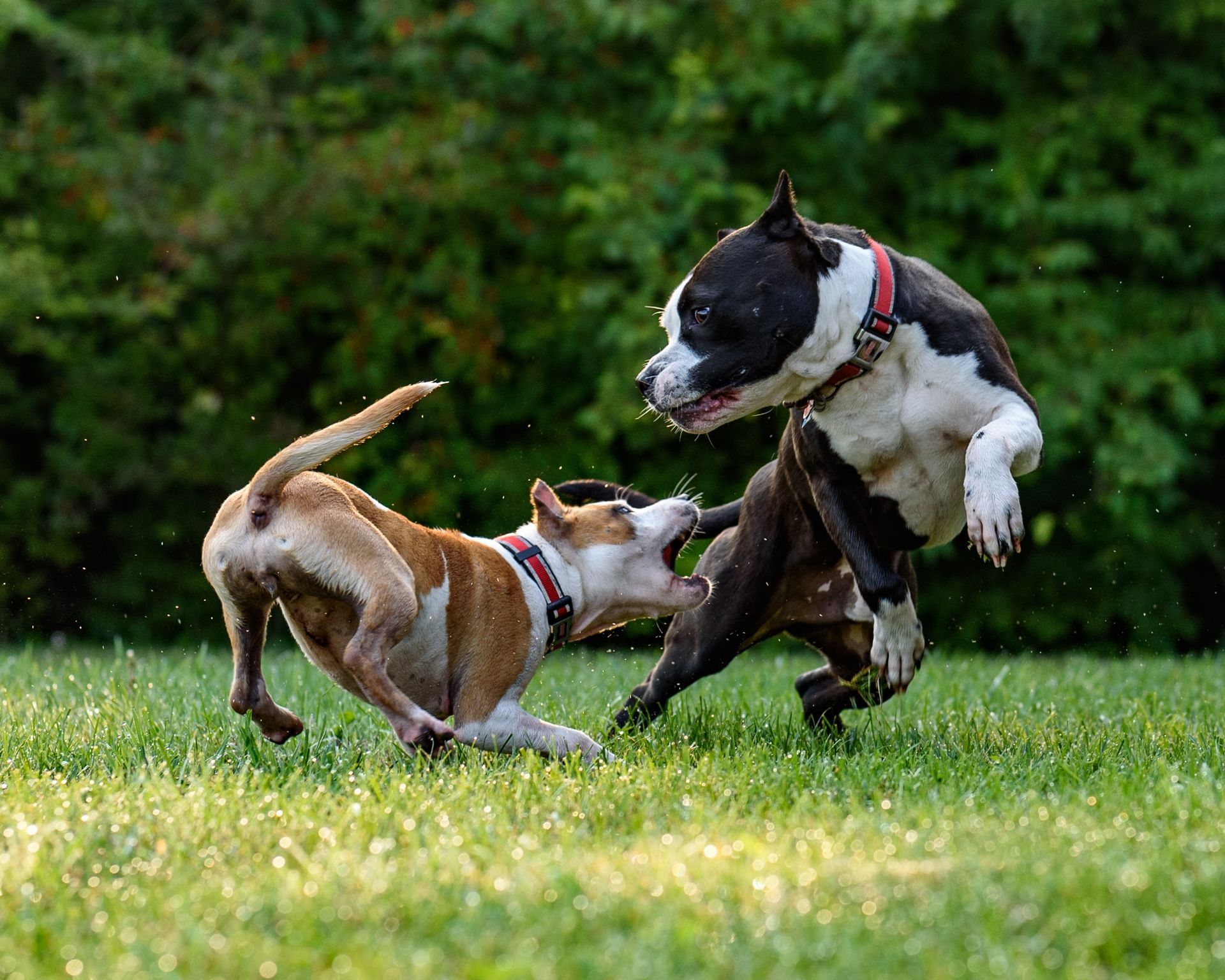The Decompression Period of Rescue Dogs
The Decompression and Introduction Period for Rescue Dogs is a Critical Time

While getting a new dog is exciting for everyone in the family, it is critical to give your new rescue dog a period of time to transition into their new home. This time is often overwhelming for your rescue dog, which is why taking it slow is essential for building a bond with your new friend and ensuring your new pup is a perfect match for your family. Preparing your home before your dog arrives with a quiet, separate, cozy place is one of the first steps to a successful relationship. Be prepared to initially limit interactions with other pets and children in the house so that they don't become overwhelmed. Using enrichment items will also help to keep your new dog relaxed and comfortable.
Within the first 3 days of bringing home your dog you will want to keep them in a calm and predictable environment, to help them acclimate, which is why it is suggested to not introduce other pets before this period. During this time, introducing a consistent schedule of feeding, rest time, and exploring approved areas will allow you to observe your dogs needs and challenges to better accommodate your dogs needs. Being consistent with rules, rewarding for calm indoor behavior, and providing proper things to chew on are all important for setting your dog up for success.
Doing research and gaining knowledge before introducing children and other pets to your rescue is vital. When doing so, body language is important for removing your dog from a harmful situation before it occurs. Interactions between children and other pets must be supervised and monitored closely. Setting boundaries on how your dog is allowed to act around your child and how your child can act around the dog will ensure the safest interactions. For example, the dog does not get attention from the child until they stop jumping, and the child isn't allowed to put their face in the dogs face or mess with them while they're eating. When introducing dogs, use leashes to maintain control and don't allow for them to rush up on each other. One effective way to introduce them would be to take several walks with them on neutral territory, keeping them on separate sides of handlers to keep distance while still exploring and sniffing their own sides. The perfect time to introduce them would be when they can successfully ignore one another and aren't straining to get to each other.
After about 2 weeks, it is time to start introducing your dog to new areas like a nearby park and to practice meeting friends and family. Continue providing your rescue with proper enrichment as well as opportunities for sniff walks. After about a month, if your dog is successfully becoming acclimated in their new home, they may begin slowly taking new adventures and practicing with socializing and group play!
